In science-based training, in-depth understanding of dogs, their nature, behaviour, classical conditioning, punishers, reinforcers, everything related to it comes into account.
Science-based dog training is continually being improved from the outcomes of investigations by animal behaviourists to try to truly understand dogs.
Science-based dog training or it can be considered as modern methods as well. It is important to remember that all dogs learn according to the laws of science. The dogs learn by the outcomes of their behaviour, whatever those consequences may be. In this method, all trainers follow the law of science.
The difference between the traditional and modern is that the traditional trainers are often unaware of the law of the science that underpins the results they are getting.




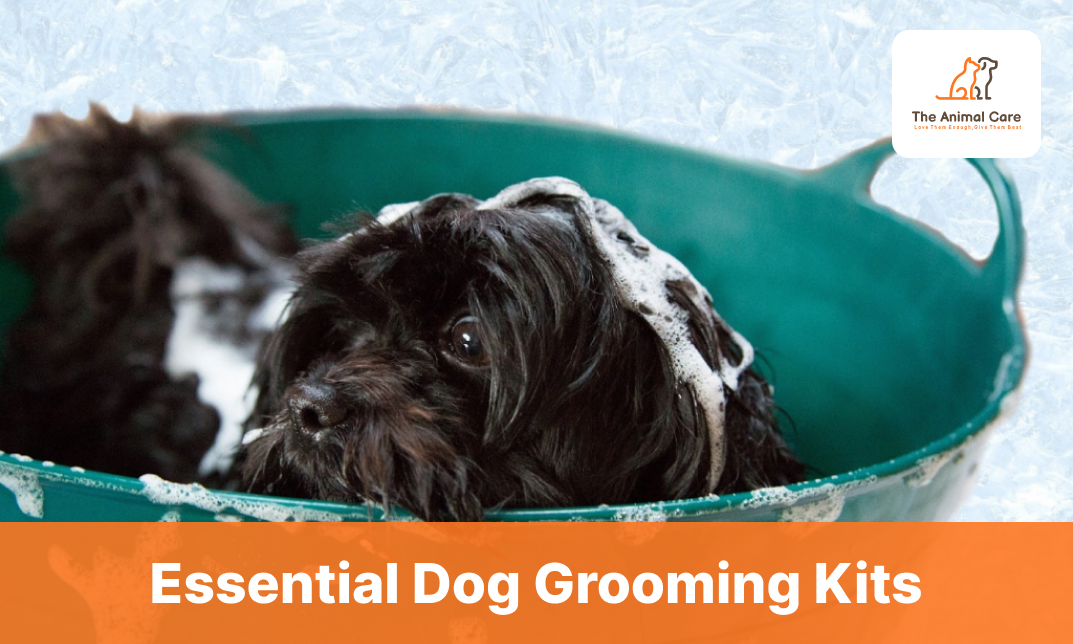




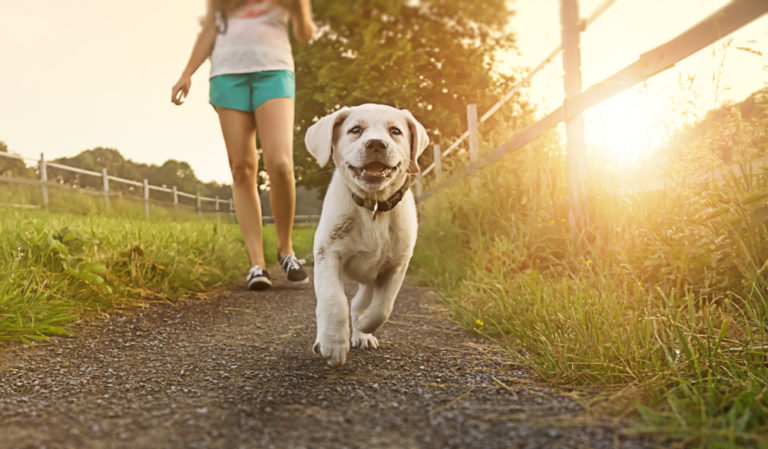

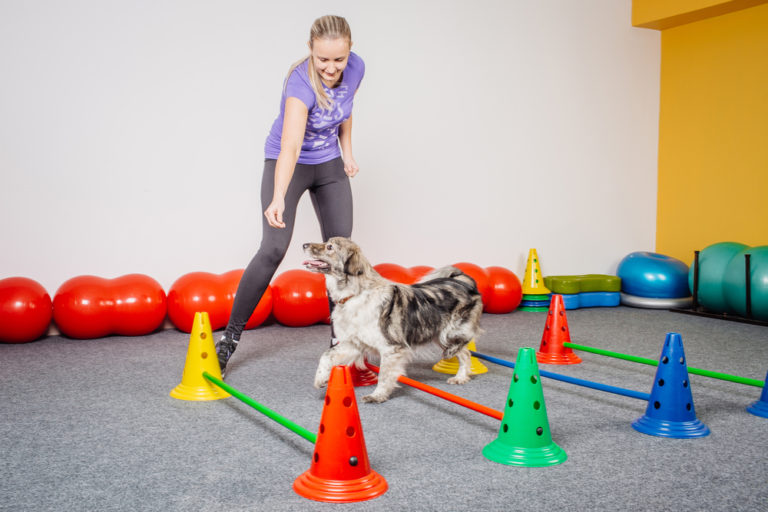
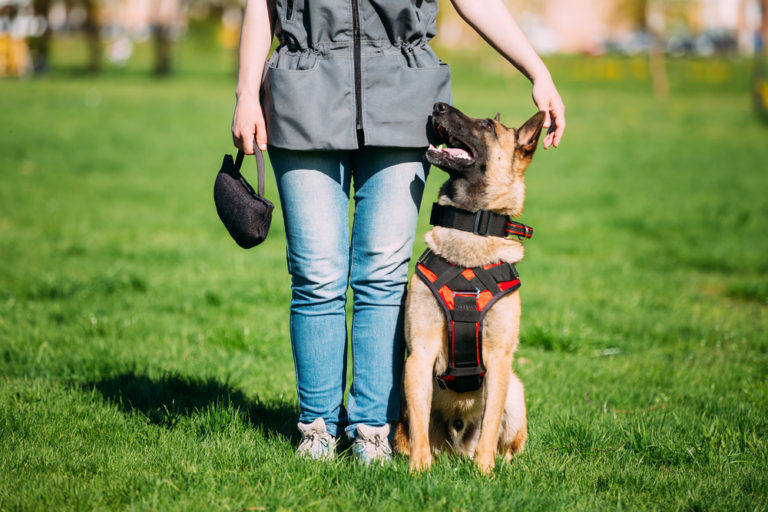
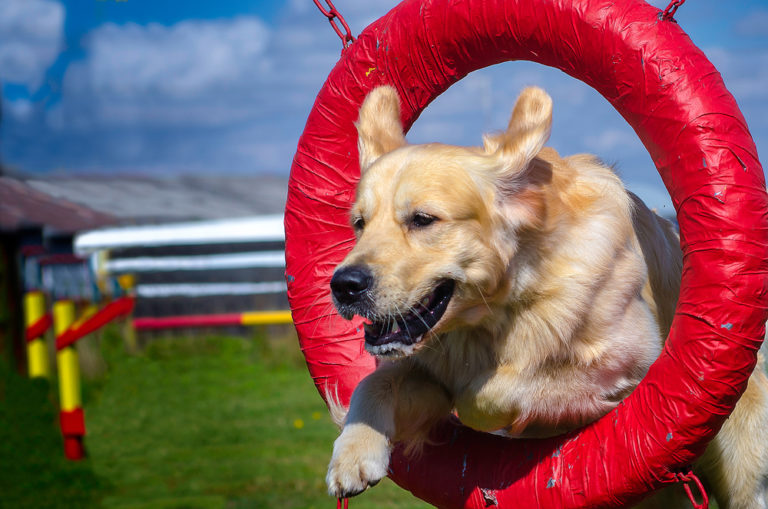
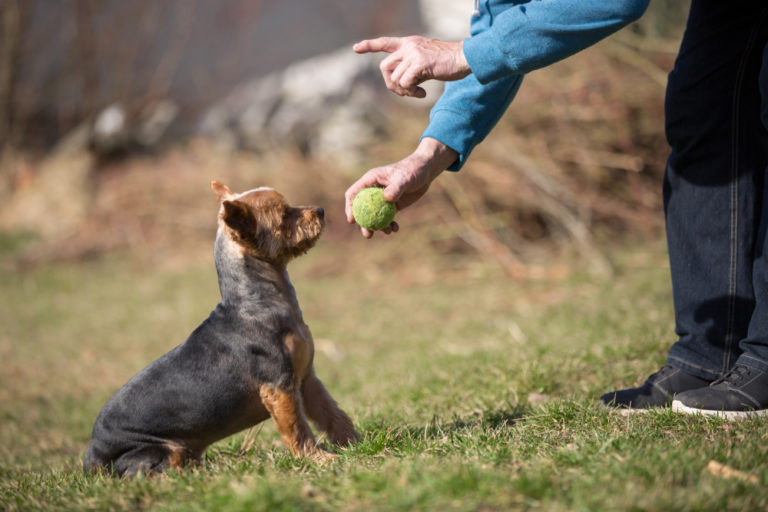



















0 responses on "Top 10 Effective Dog Training Methods: A Complete Guide on Dog Training"